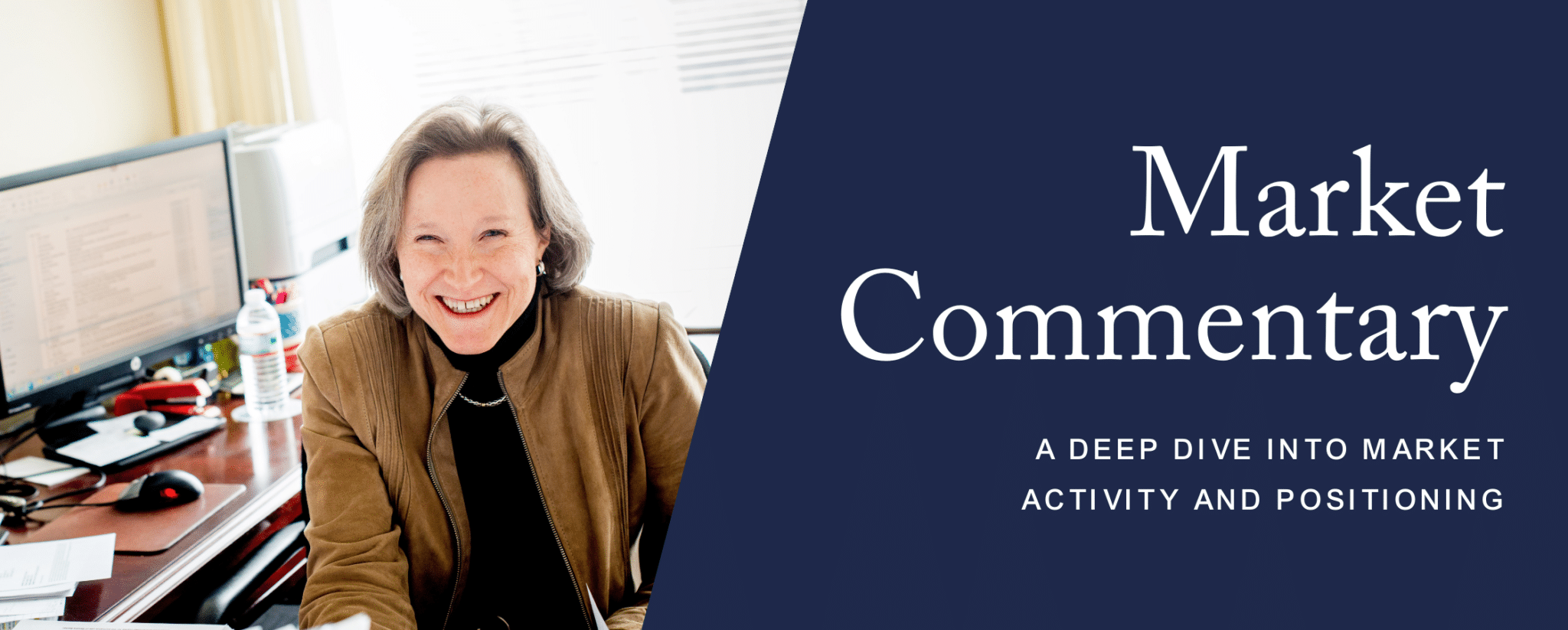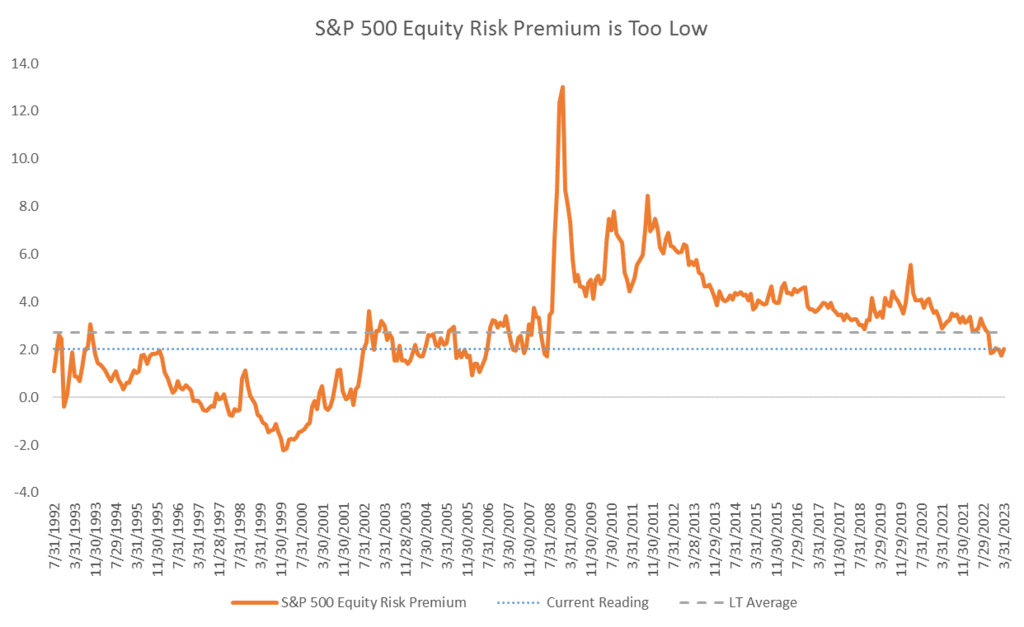
April 13, 2023
What if the Federal Reserve (“Fed”) tightened until something broke, and nobody cared? While that may be an exaggeration, it certainly feels that way considering that the S&P 500 rose nearly 3% from March 8th, right before the run on Silicon Valley Bank sparked a banking crisis, until March 31st. We entered the year with concerns that the Fed’s most aggressive tightening campaign since the early 1980s would ultimately lead to a recession beginning sometime in 2023. We were positioned accordingly. Following the bank crisis, we are even more convinced a recession is headed our way as a result of a further restriction of credit by small and medium-sized banks. As such, we remain defensively positioned.
The U.S. economy proved stronger than expected in the first quarter. The Atlanta Fed’s GDPNow forecast for first quarter real GDP growth is currently +2.5%, up from expectations ranging from -1% to +1% growth at the outset of the quarter. A much stronger than expected labor market, along with excess savings left over from the pandemic stimulus, has allowed consumer spending to remain resilient. In fact, it was evidence of reaccelerating job and spending growth in January and February, along with hotter inflation readings, that convinced the Fed that they probably needed to go even higher for longer with their rate hikes, fearful that the economy was starting to gather renewed momentum at a time when inflation remained stubbornly elevated.
That was until Silicon Valley Bank happened. The Fed then figured the cooling effect of reduced credit availability as a result of the bank scare would be equivalent to additional rate hikes. At the moment, Fed Futures are predicting about a 50/50 chance of one additional +25 basis point hike in May to 5.0 – 5.25%, but then rate cuts thereafter, ending the year between 4.25-4.5%. Such a pivot is not the base case for the Fed, according to Chairman Jay Powell. The Committee’s projections imply the Fed will hike one more time and then hold steady for the remainder of the year. And therein lies the discrepancy between the bond market and the stock market. While bond traders seem to believe the Fed is on the verge of reversing course, presumably in the face of a significant deterioration in economic conditions and cooling inflation readings, the stock market seems to be suggesting steady growth along with gently moderating inflation – the much hoped for soft landing.
We continue to expect a significant slowing in both economic and corporate profit growth in 2023. When companies begin reporting their first quarter results in a couple weeks, we expect them to confirm that we are currently experiencing an earnings recession as declining profit margins more than offset modest increases in revenue. We further expect more dour corporate outlooks for earnings in the second half of the year that will force analysts to lower their full-year earnings expectations. Currently, consensus bottom-up S&P 500 EPS estimates project a return to year-over-year growth in the second half of the year, including +10% in the fourth quarter. That seems highly doubtful, considering we very well may be experiencing economic recession by then.
Our conviction in the likelihood of an economic recession is founded on several key leading indicators that have proven accurate in the past: (1) a significantly inverted yield curve, (2) an unemployment rate beginning to move higher off a historical low, (3) declining leading economic indicators (LEIs), (4) manufacturing Purchasing Managers’ Index (PMI) readings below 50, and (5) an increase to over 40% of bank loan officers who are tightening lending standards. These factors were already in place prior to the recent banking crisis, an event which could further tighten credit. This would likely most impact small and medium sized businesses, the primary engine for job growth, and, in our view, increase the likelihood of a hard landing. Because it would be historically unique for the stock market to have bottomed before an economic recession begins, we remain defensively positioned with a high level of buying reserves.
We continue to expect inflation to moderate over the coming year with core CPI slowing to 3%, or less, by year-end. Declining corporate profit margins caused by deteriorating pricing power at the same time wages remain elevated and sticky should continue to pressure S&P profits. We believe S&P 500 earnings are likely to fall in 2023, closer to $200 per share, a decline of 9% from 2022’s $219 per share. Consensus Wall Street estimates still call for low-single digit growth in 2023. Amidst disappointing profits, we would expect a heavy concentration of higher quality, durable growth stocks to hold up better than the passive alternatives.
 Source: FactSet. The Equity Risk Premium is the earnings yield for the S&P 500 less the 10 Year Treasury Yield
Source: FactSet. The Equity Risk Premium is the earnings yield for the S&P 500 less the 10 Year Treasury Yield
Stocks haven’t looked this unattractive since 2008, before the Global Financial Crisis, based on the S&P 500’s equity risk premium. The Equity Risk Premium (“ERP”) is the excess return expected by investing in stocks over bonds (in this case the 10 year Treasury Bond). This excess return compensates investors for taking on the higher risk of equity investing – it is an aggregate measure of risk aversion. Given the expected slow down in both economic and corporate profit growth this year, investors don’t seem to be demanding adequate compensation (expected return) for taking on risk in the equity markets.
We continue to wait patiently for further evidence of investor capitulation on the economic and earnings outlook for this coming year. As economic and earnings recession forecasts become reality, a more compelling risk/return opportunity for stocks should develop.